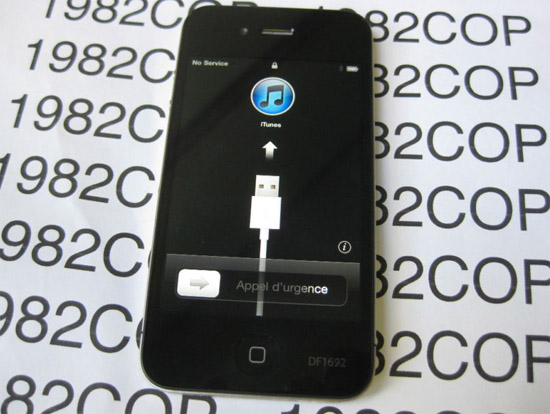
The concept of waving your smartphone at a cash register to pay for groceries or a movie ticket has been talked about for years, but it’s always seemed to be the flying car of retail transactions: awesome idea, but too logistically complicated to work outside of the sci-fi realm. two recent announcements indicate that we may be inching closer to this reality.
At the end of 2010, the wireless branches of Verizon, AT&T and T-Mobile launched a joint venture for a contactless mobile payment system called Isis. Last month, they retooled the concept in order to gain the support of industry heavyweights Visa and MasterCard, and publicized plans for a pilot program next year. Also in may, Google announced a partnership with Citi and MasterCard; the trio, along with Sprint and payment processing company first Data, will begin road-testing a mobile payment app this year called Google Wallet, beginning in new York and San Francisco.
“What’s unique about 2010 and 2011 is that now we’re at a tipping point,” says Gwenn Bézard, research director at research and consulting firm Aite Group. “A lot of companies have made commitments and investments.”
There are some big-picture factors pushing this technology forward. first, more of us have smartphones and the number is projected to increase. Financial institutions — even smaller ones — now offer apps, and they view mobile payments as a potential revenue stream. Secondly, people love these new toys. “The usage of mobile banking is continuing to grow,” says Beth Robertson, director of payments research for Javelin Strategy & Research. “what you’re seeing is, over time, people are becoming more comfortable using a variety of applications on their phones.” on the other hand, issues of data security and ownership — who’s going to own all that valuable consumer data? Banks? Mobile carriers? Tech companies? — have kept mobile payments from really picking up steam.
The most noteworthy venture to date comes from Starbucks, which converts existing prepaid account cards into a digital format: Customers enter their Starbucks card number into a mobile app, which produces an image of the bar code that’s on the back of their physical card. The cashier scans the phone barcode and the purchase amount is deducted from the account. This kind of software-based mobile payment is where analysts say we’ll see the most activity at first, because it doesn’t require merchants or the companies that manufacture card-swipe terminals to invest in new hardware.
Long-term, many in the industry predict that near-field communication or NFC — the technology used by both Google and Isis — will emerge as the platform of choice. “Ultimately, NFC is the technology that is most widely embraced by the most stakeholders, which I think gives it very good chances,” Bézard says. But an NFC ramp-up will still take a while, even bullish analysts admit. Features like Bluetooth and GPS we now take for granted took a while to become standard features, and NFC chips are likely to follow the same adoption curve.(Trade in & Upgrade: how Buying a Cell Phone is Like Visiting a Car Dealership)
So when will the average American be able to ditch their wallet and whip out their phone at the cash register? And what sort of signs will we see in the interim? Check out the timeline below:
End of 2011
“Don’t even think about it until 2012, with very few exceptions,” says David Robertson, publisher of card-industry newsletter The Nilson Report. By year-end, the Google Wallet will have tests going in five major cities, but distribution will be limited to people who have one particular smartphone model and a certain type of Citi card, Robertson points out.
What you will see is a growing number of retailers experimenting with mobile tools and trying to get their customers used to tapping on their phones while in a store. John Long, partner at consulting firm Kurt Salmon, says location-based mobile couponing, which some stores have already started playing with, will become more mainstream.
Aite Group’s Bézard says by the end of this year, the first wave of smart phones with NFC chips embedded in them will hit the market, although he’s skeptical that the chips will make it into the fifth version of the iPhone, which sidelines a lot of early adopters. Research in Motion has promised an NFC handset this year, but it’s still arguing with carriers about who owns the data.
2012
Analysts say most of us will still be stuck carting around both a phone and a wallet, but expect to see signs that the mobile payment revolution is under way. more retailers will embrace mobile and contactless technologies for non-payment tasks like inventory management. for instance, if the item you want isn’t in stock at a big chain, you’ll be able to see which nearby stores do have it and purchase it remotely on the spot. of course, you can do this now online, or even in the store if you have a smartphone with good signal strength and some patience, but this will be far more simple and streamlined. Imagine how this is going to transform the mad rush for whatever toy turns into next year’s version of the Furby or Tickle me Elmo — you’ll be able to snatch up the last box without even being in the store.
Companies creating NFC payment tools will continue and expand trials around the U.S., so even if you’re not in a city as big as new York or as tech-mad as San Francisco, you might be tapped for a pilot program. The much-hyped Isis trial will launch in Salt Lake City this year.
2013
Bring on the flying car — most of the experts we talked to predicted this will be the first year we could see NFC payment programs of significant size and scale. Many of us tend to upgrade our cell phones every couple of years, turnover that will accelerate the adoption of NFC-capable handsets since they’ll be available from multiple manufacturers at this point.
Mark Beccue, senior analyst for consumer mobility at ABI Research, says this could be the year consumers start seeing payment terminals that will accept NFC as well as plastic credit cards in large numbers. While companies that make terminals already have some of the functionality in place today, it’ll take a while to sort out which one of multiple NFC standards will become the dominant “language” for the devices to use.
2014
One-off NFC payment tools confined to a single payment account will either grow or be absorbed into full-featured mobile wallet platforms. Beccue says the potential goes way beyond the payment itself. A true mobile wallet would be able to house your I.D., transit or event tickets, and other information.
Mobile wallets will tap into existing location-based loyalty and coupon programs to tell you at the point of sale if you’re eligible for any discounts, coupons or other promotions. Isis and Google Wallet are both working towards this end, but it’ll take a few years to fill that wallet via buy-in from merchants, carriers and banks.
At least marketers will have a few years to rethink the credit card slogan, “Don’t leave home without it.”
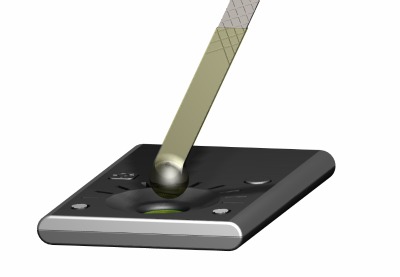
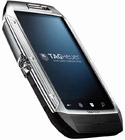
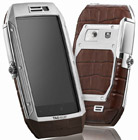
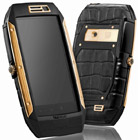
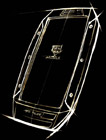 The Tag Heuer LINK smartphone: Avant-garde communication
The Tag Heuer LINK smartphone: Avant-garde communication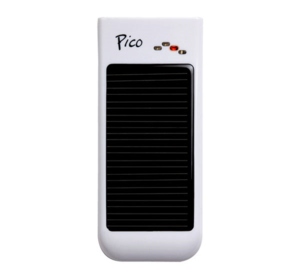

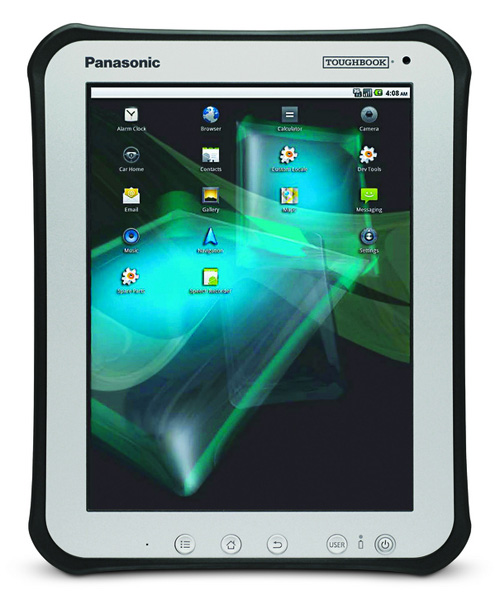
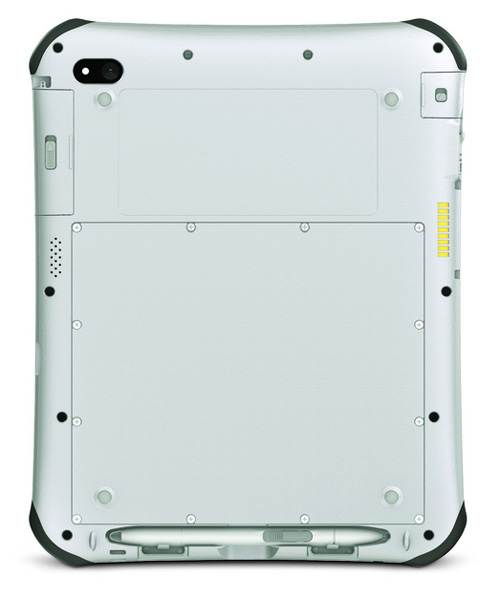
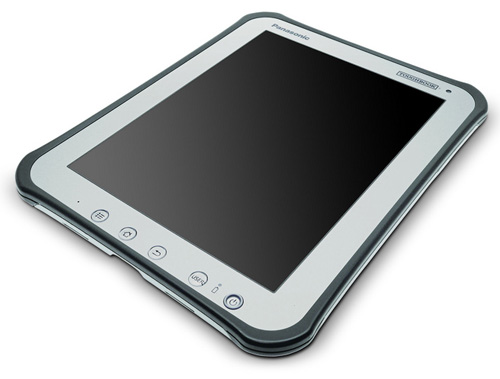
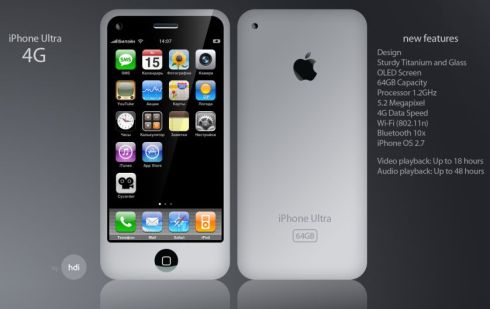

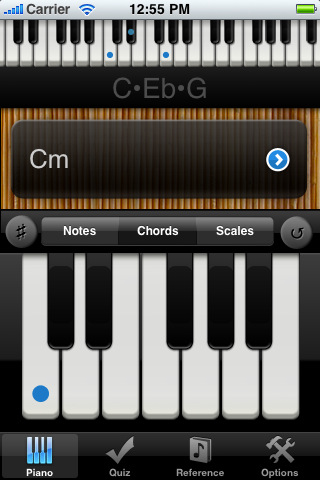 Description:
Description: